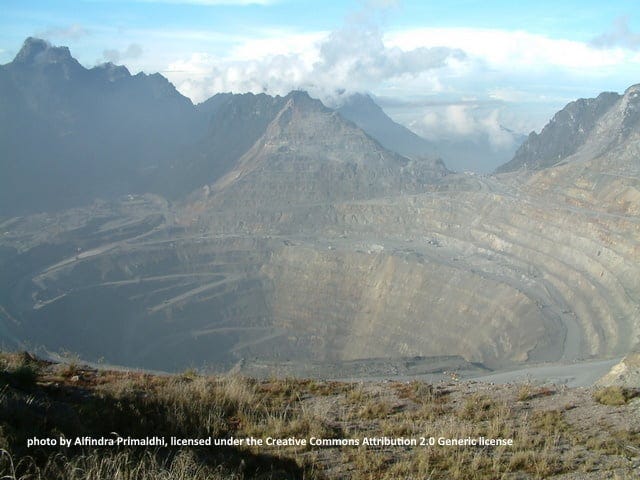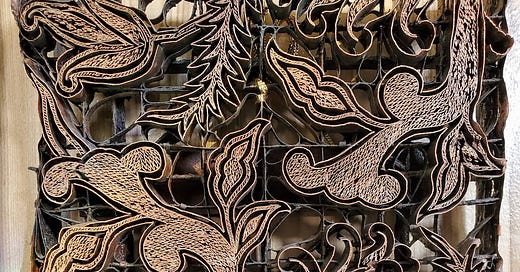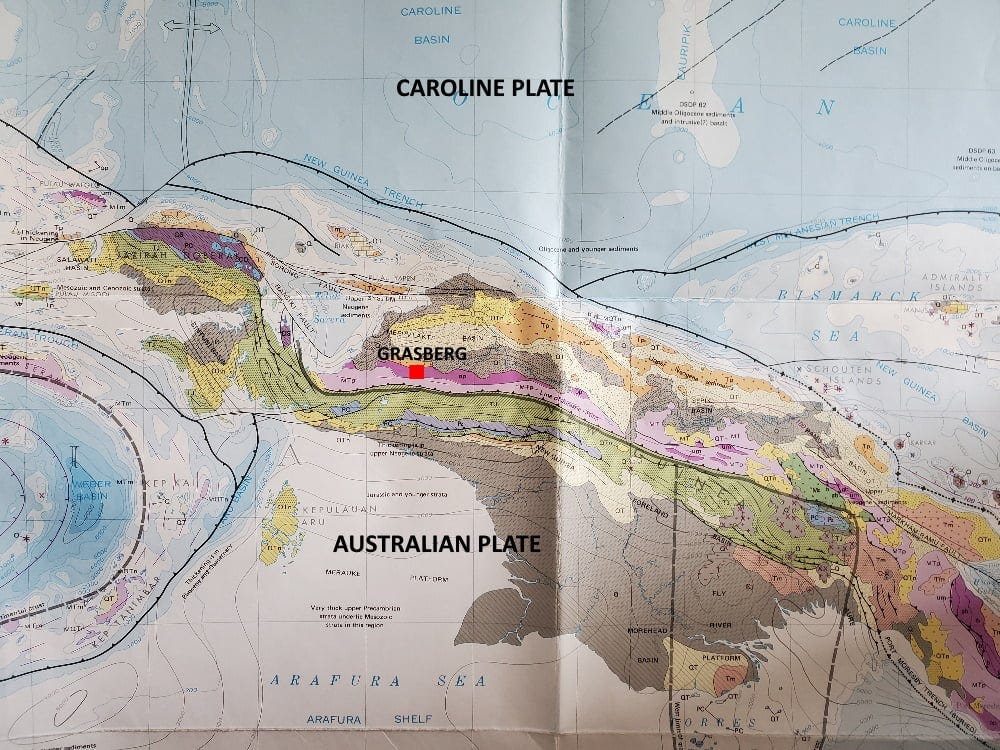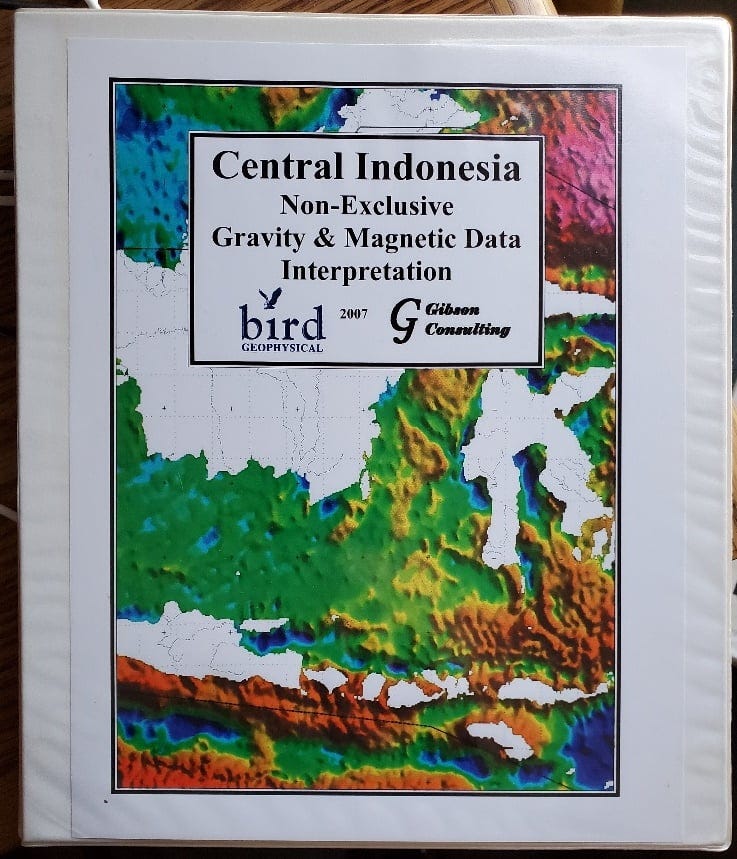Life in the USA is not normal. It feels pointless and trivial to be talking about small looks at the fascinating natural world when the country is being dismantled. But these posts will continue, as a statement of resistance. I hope you continue to enjoy and learn from them. Stand Up For Science!
This batik printing block from Indonesia (called a tjap, or “chop”) is made of solid copper (well, lots of thin sheets and pieces of solid copper). These blocks are used to apply wax to fabrics; the wax rejects inks and dyes, so various colors and patterns can be created by selective application of wax or selective removal of it. The copper blocks are hand-made using pliers, hammers, and other tools, and each creation is unique. This copper batik block measures 18 x 22 cm and it will go to my friend Linda Mussehl if I can ever decide to part with it.
When I bought this in Bali in 1981 (for $2.00), copper was already a thoroughly globalized commodity with at least 57 countries mining it. That year, the US was the world leader in copper mining, but Chile was a near second and passed the United States in production the following year. For all the 20th century the US was the world leader in consuming copper, but China passed the US in 2002. Even in 1981, the US was dependent on imports for about 20% of the copper it consumed, and for 2024, that dependency is up to about 45%, mostly from Chile at 65%, Canada 17%, and Mexico, 9%.
Indonesia in 1981 ranked #17 in that list of 57 copper producers. The copper to make this block might have been sourced locally in Indonesia, but it could equally well have been imported, even from the United States. Indonesia’s copper production reached a peak about 2003 when it was the #2 producer in the world, a distant second after Chile and only leading the #3 producer, the United States, slightly.
Indonesia’s copper production fell after 2003 so that it was listed with “others,” but in 2024 Indonesia yielded about 5% of world mine output, tied with the US for fifth place. The leading copper producers in order in 2024 were Chile (23%), Congo (Kinshasa, 14%), Peru (11%), China (8%), and the U.S. and Indonesia at 5% each. China is the overwhelming leader in copper refinery output, with 44% of the world total. In the United States, Arizona produces about 70% of domestic copper, and copper also was produced in Michigan, Missouri, Montana, Nevada, New Mexico, and Utah. About 35% of US copper consumption comes from recycling.

Despite those fluctuations in production, Indonesia still has one of the largest gold and copper mines in the world. The Grasberg Mine in the Indonesian province of Papua (the western half of the island of New Guinea) is an open pit and underground mine that sits at an elevation of 4,100 meters (14,000+ feet), and until recently it produced more than a billion pounds of copper per year. It’s still a major gold producer, often called “the largest gold mine in the world,” both for production and reserves, and it may also contain the second largest copper reserves in the world. Cumulative copper production from this one mine is around 33 billion pounds (compare Butte’s historical total at about 23 billion pounds) and 53 million ounces of gold (Butte = not quite 3 million ounces), most of it since 1990 at Grasberg.
Grasberg employs more than 19,000 workers, but it has created significant environmental problems and has been the target of environmental, political, and labor activists.
New Guinea is at the leading northern edge of the Australian Plate, which there is continental in nature and is overriding the subducting Caroline Plate, a small discrete block that is the westernmost extension of the oceanic Pacific Plate. The interaction produced collisions along with magmas that rose as intrusives into Oligocene-Miocene (25 to 15 million years old) limestones, forming mineralization in skarns and replacement bodies. The intrusions of diorite (a rock intermediate in composition between granite/rhyolite and basalt/gabbro) are quite young, dated to only about 4.0 to 2.7 million years ago. Given that New Guinea and nearby islands contain about 60 active or recently active volcanoes, the young age of this subduction-related igneous activity is not a surprise. Similar metallic deposits could be forming at depth in parts of New Guinea right now.
The work I’ve done in Indonesia was mostly an interpretation of satellite-derived gravity data, which only works offshore because the gravity values are calculated from radar altimeter measurements of the sea-surface height. That tectonic analysis included some magnetic data and was a strategic look at all the waters of Indonesia and adjacent areas for oil and natural gas exploration.







The story(ies) about the discovery and development of the Grasberg mine by Freeport-McMoRan and led by their hard-charging CEO "Jim Bob" Moffett are great reading. I have a couple of contemporaries who worked for Moffett back in the late 1980s during which time he was famous (or infamous) for firing geologists during the middle of presentations if they failed to have good answers for his sharp questions. Thanks for the post and, as others have said, for providing the geologic setting so concisely and accurately.
Hello Richard- I’m enjoying your posts. My dad worked for Anaconda Wire in Montana and I grew up there. Got a geology/geophysics degree at MSU, MS at Alaska; seismic and gravity geothermal exploration . Did minerals exploration in Alaska for Anaconda, and a little placer mining. Then volcano monitoring on a USAID/USGS project where I got around to Indonesia and Papua New Guinea. But not to West Papua.
So a lot of your rocks and minerals bring to mind places I’ve been and the potential fields geophysics you reference resonate as hugely scaled-up versions of things I used to do on the ground.
For me the most fun part of your posts is the tectonic and geologic framework you provide. That’s completely outside my work experience; in minerals exploration I was focused on small bits of terrain. When I was monitoring volcanoes I was focused on rocks less than five minutes old. I’ve retired and now have the bandwidth to contemplate larger spaces and longer timespans. Your posts provide that. Thank you.